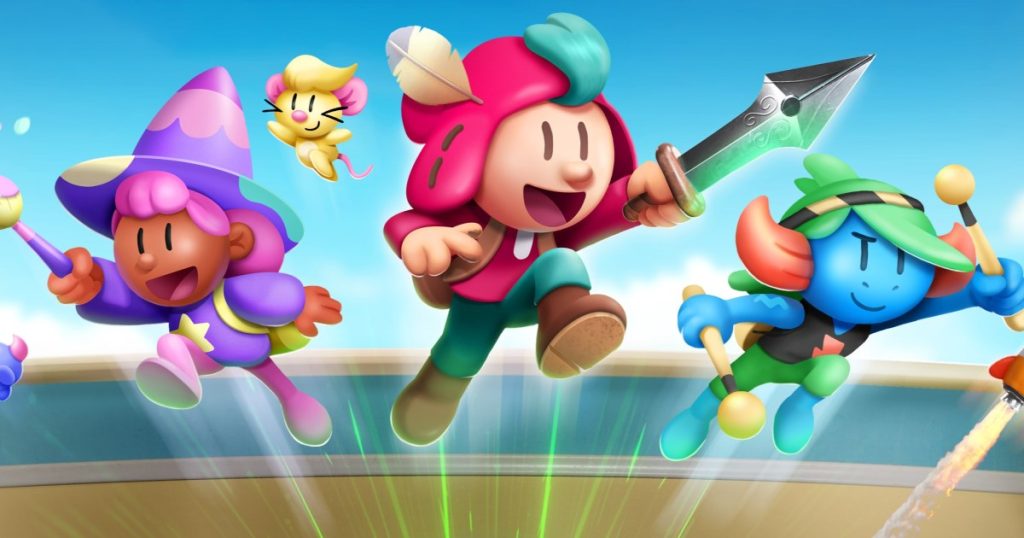
“The Plucky Squire wants players to understand the impact art has on us, and it succeeds with flying colors.”
Pros
- Narrative is a tribute to creativity
- Clever use of storybook aesthetic
- Gorgeous visuals
- Creative storybook-manipulating puzzles
Cons
- Not all minigames are created equally
- Not particularly challenging
Working in a creative industry in 2024 is stressful. I love what I do, but the rise of artificial intelligence and an ever-evolving media landscape mean I can never truly take my work for granted. Many in the video game industry face a familiar plight. There are creative individuals working on games because they adore the medium and want to leave their mark on it. But their potential impact is often at the whims of megacorporations like Microsoft that could lay them off in an instant if they deem it necessary for “alignment” and “to organize our business for long-term success.”
That frustration — the constant push and pull between those who want to create and those who want to control — is felt at the center of The Plucky Squire. The adventure pits its Link-like hero and his artistic friends against a villain who wants to reshape the storybook they all live in into his own dull image. Thankfully, developer All Possible Futures’ first game chooses to be optimistic about that, oozing creativity with its presentation, its perspective-hopping twist, and constant tributes to iconic games that inspired this medium.
Although it’s not particularly challenging or deep from a gameplay perspective, The Plucky Squire is a postmodern celebration of what it means to be an artist and one of the most delightful games of the year.
An artist’s quest
In-universe, The Plucky Squire is a fairy tale about a hero, Jot, and his artistic friends, who fight a stereotypical fantasy villain named Humgrump. The journey starts as expected, but upon confronting Humgrump, Jot learns that he now possesses the power to pull objects in and out of the book they’re living within. Humgrump forces Jot out of the book, but this allows him to travel between the storybook, the real world, and other drawings on the desk of the kid who owns the book.



